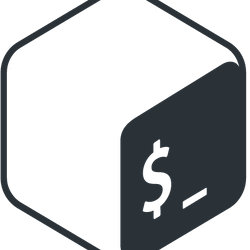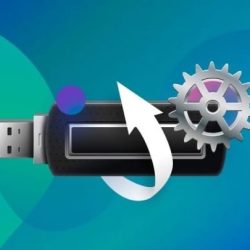
How to List Drives in Linux
Linux is a powerful and versatile operating system, widely used in various applications, from servers to embedded systems. One of the key aspects of managing a Linux…
Read more
How to Setup Password Authentication with Apache
Setting up password authentication with Apache is one of the most fundamental security measures you can implement to protect your web resources from unauthorized access. Whether you’re…
Read more
Why Not to Use Chmod 777
Have you ever been frustrated with a Linux file permission error and thought, “Let me just run chmod 777 and be done with it”? If so, you’re…
Read more
Securing Your System with SELinux
In the ever-evolving landscape of cybersecurity threats, protecting your system from potential intrusions and vulnerabilities is paramount. Security-Enhanced Linux, commonly known as SELinux, offers an advanced and…
Read more
Mastering RPM Dependency Installation: A Comprehensive Guide
Welcome to the comprehensive guide on installing RPM dependencies with the Command Line Interface (CLI). As a seasoned user or a Linux enthusiast, you are aware of…
Read more
How to Set Environment Variables on Linux
Linux, an open-source operating system, empowers users with flexibility and customization. One of its most powerful features is the ability to manage environment variables, which are key-value…
Read more
Find The Mac Address of Network Interface on Linux
In the labyrinth of networking, the Mac Address stands as a cryptic identifier, akin to a digital fingerprint for network devices. Unveiling this enigma is crucial for…
Read more
How to Effectively Disable USB Storage in Linux
In today’s digital landscape, securing sensitive information and data is paramount for individuals and organizations alike. One often overlooked yet significant security risk comes from USB storage…
Read more
How to Add New Users on Linux
User management is a crucial aspect of maintaining a Linux system, enabling administrators to control access, permissions, and security. One essential task in user management is adding…
Read more
Clearing Pip Cache on Linux
In the world of Python package management, Pip plays a pivotal role in effortlessly installing and managing packages. However, over time, Pip’s cache can accumulate outdated and…
Read more
How to Delete All Files of a Directory in Linux Easily
When working with a Linux system, it is often necessary to delete a directory and all its contents. This can be a challenging task, especially if the…
Read more